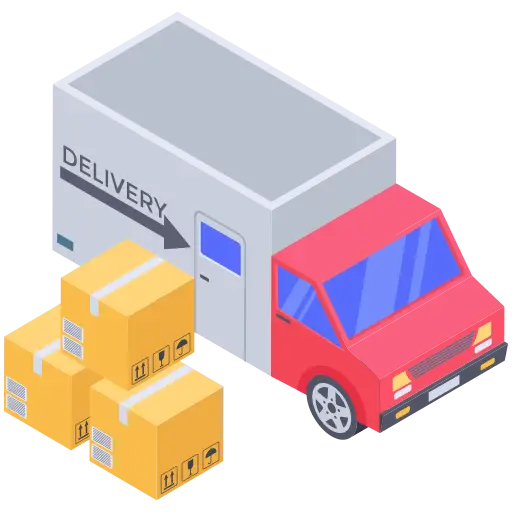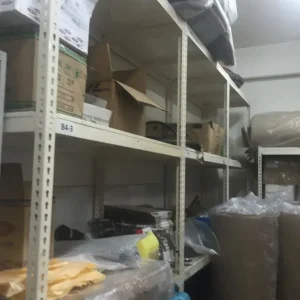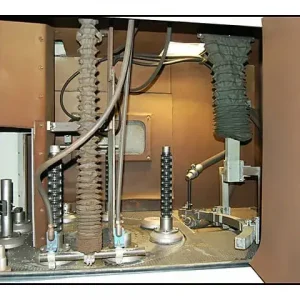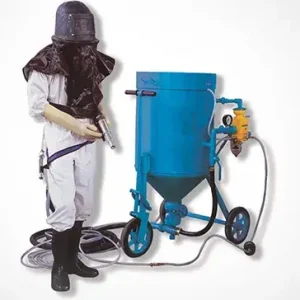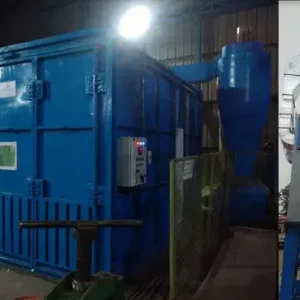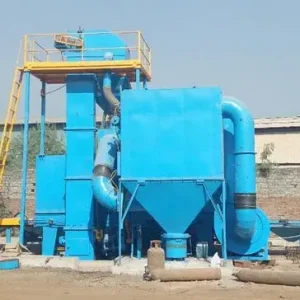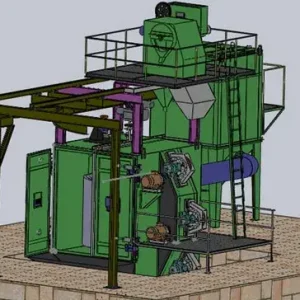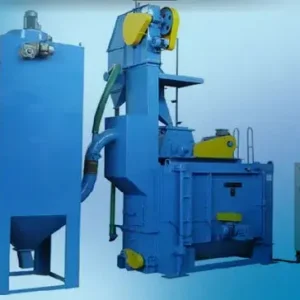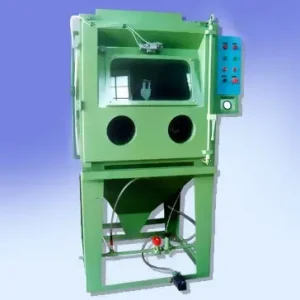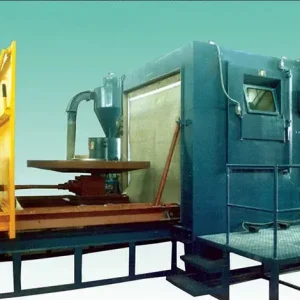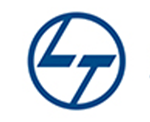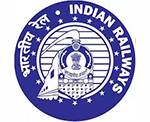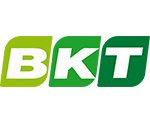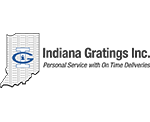When it comes to painting metal surfaces—whether in automotive, construction, or manufacturing—the success of the coating depends heavily on how well it sticks to the surface. One proven method to ensure long-lasting adhesion is shot blasting.
This article explores how shot blasting works and why it plays a critical role in improving paint adhesion on metal parts.
What Is Shot Blasting?
Shot blasting is a mechanical process where metallic abrasives (like steel shots or grits) are forcefully projected onto a surface using a high-speed rotating wheel. The impact removes rust, scale, old paint, and other surface contaminants—leaving behind a clean and textured metal surface.
Why Is Paint Adhesion So Important?
Poor paint adhesion can lead to:
- Peeling and flaking
- Corrosion underneath the coating
- Frequent repainting
- Reduced product life span
Whether you’re coating machinery, vehicles, structural steel, or fabricated parts, proper adhesion is non-negotiable for quality and durability.
How Shot Blasting Enhances Paint Adhesion
1. Removes Contaminants Completely
Shot blasting strips away rust, oil residues, mill scale, and old coatings from the metal surface. These are the biggest barriers to effective adhesion. A clean surface allows the paint to bond directly to the base metal.
2. Creates Surface Profile for Better Grip
The process also creates a roughened, textured profile on the metal surface. This micro-level roughness helps the primer or paint physically “grip” the surface, leading to better mechanical bonding.
3. Uniform Surface Preparation
Unlike manual cleaning methods, shot blasting offers consistent surface treatment across the entire component. This ensures uniform paint thickness and finish—important for both aesthetics and performance.
How We Installed a Custom Blast Room in Jodhpur
Importance of Ventilation and Fume Extraction
4. Removes Embedded Impurities
Often, metal surfaces have embedded impurities that are not visible to the naked eye. Shot blasting removes these effectively, ensuring no hidden issues that could lead to paint failure later.
Industries That Rely on Shot Blasting for Paint Prep
- Automotive – For chassis, panels, and body parts before painting
- Steel Fabrication – Beams, pipes, and plates prior to coating
- Appliance Manufacturing – Washing machines, ovens, etc.
- Construction Equipment – Frames and arms before powder coating
- Shipbuilding & Marine – Rust removal before marine coatings
How to Know If Your Surface Is Ready for Painting
After shot blasting, the surface should have:
- A uniform, matte finish
- No visible rust, oil, or mill scale
- A controlled surface roughness (depending on coating type)
Most coatings perform best on a surface prepared to Sa 2.5 (ISO Standard) or equivalent in the SSPC standards.
Conclusion
Shot blasting is not just a cleaning process—it’s a surface engineering step that plays a direct role in paint performance. By ensuring proper cleanliness and surface roughness, it allows the paint to adhere better, last longer, and protect more effectively.
If you’re serious about improving paint adhesion and reducing long-term coating failures, investing in shot blasting as a surface preparation step is essential.

